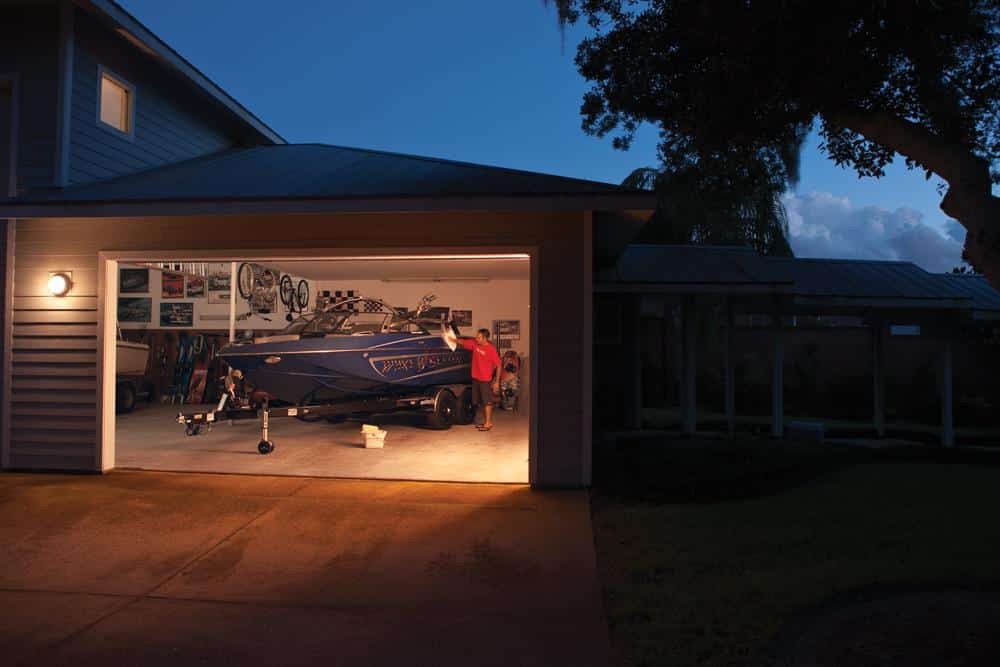
10 Midseason Boat Maintenance Tips
“Wax, wash, flush and cover.”
We’ve heard all these tips for as long as we’ve been told to brush, floss and scrub behind our ears. Good advice, all of it, but there’s got to be more you can do to extend the life of your boat. Which is why we went to the insiders to find their little-known (until now) boat-keeping secrets. What we found is that many a boat has died an untimely death, or looked like it was about to, because of an ignored 29-cent part or a few missed hours of upkeep. Yep, that might be all it takes to keep your boat young.
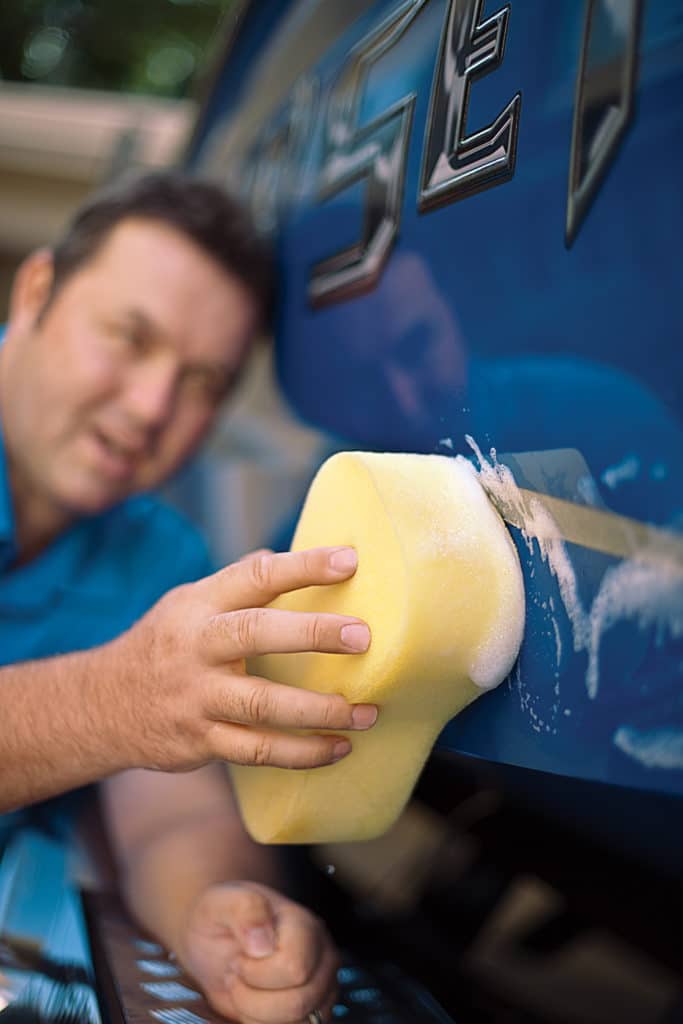
11 Secrets to Help Your Boat Live Longer
Bring It Back
Your gelcoat is only 10 to 20 thousandths of an inch thick, so clean it with care. Don’t use products with bleach, as found in many of the brown-waterline or rust-stain removers. Products with solvents such as acetone and toluene can clean almost anything but will also wipe out the gelcoat’s plasticizers. Abrasives are natural no-nos too. Look for cleaners with chelating agents that get into the gelcoat on a molecular level and carry the dirt out as you rinse.
Time: Two hours
Cost: Star Brite Instant Hull Cleaner, one quart, $16
Frequency: Varies
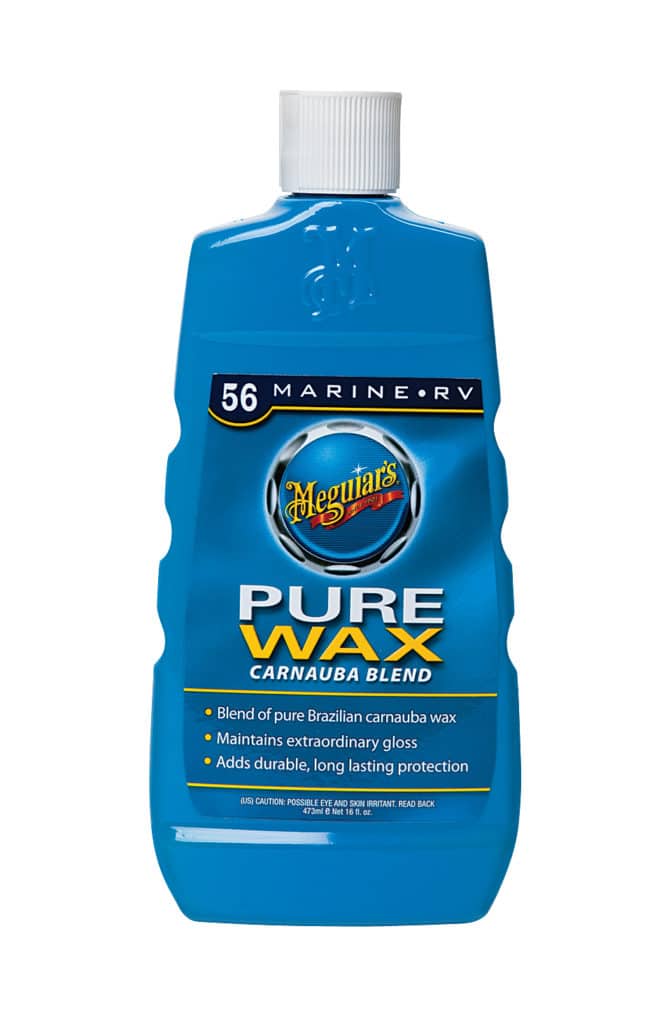
11 Secrets to Help Your Boat Live Longer
And Keep It Back
Gelcoats contain plasticizers that keep them shiny and supple. Over time, these leach out, making the gelcoat dull and brittle. To slow the process, use carnauba — the hardest natural wax. Carnauba isn’t reflective, so the product you use will also need silicone, oils, other waxes and solvents to produce that jaw-dropping shine. Don’t pay extra for waxes that claim to be 100 percent carnauba — anything more than about 30 percent would be rock hard and impossible to apply.
Time: About five hours for a 24-foot hull
Cost: Meguiar’s Pure Wax, 16 ounces, $14
Frequency: Twice per season
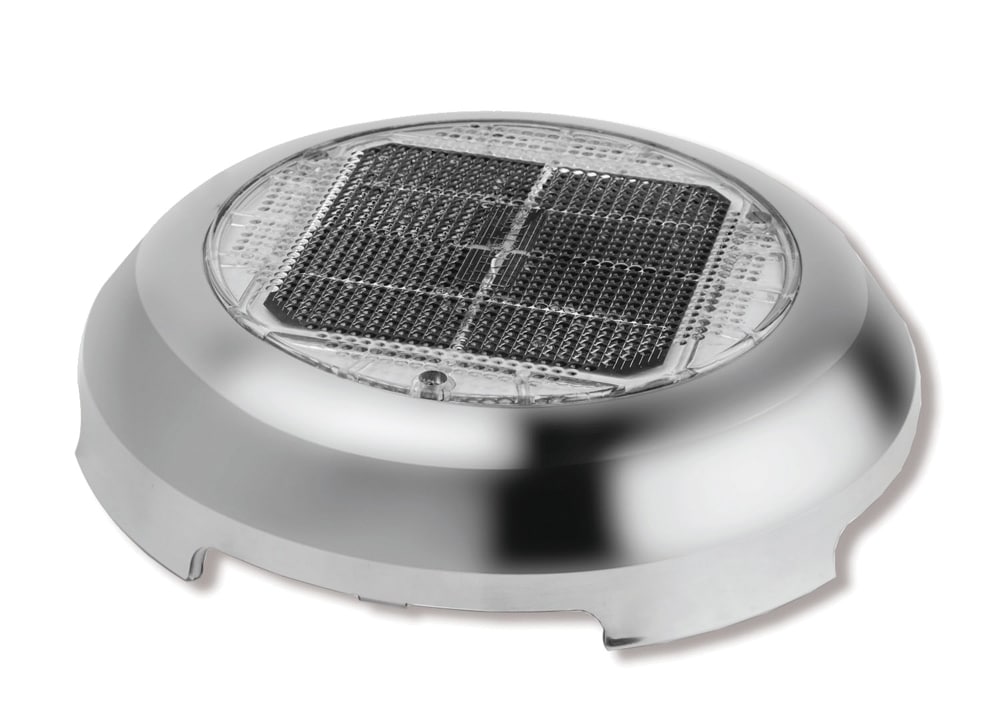
11 Secrets to Help Your Boat Live Longer
Breath of Fresh Air
Sad to say, but our boats sit unused and sealed up most of the time — a perfect environment for mold, rot and corrosion. All of which can be prevented by circulating fresh air. Ideally, you want to replace the air in every part of your cabin every hour, and you can’t rely on natural ventilation. Use solar-powered fans. The cabin of a typical 30-footer holds about 800 cubic feet of air. Nicro claims its 4-inch solar vent moves 1,000 cubic feet per day. Use one for intake and another for exhaust. To reach all parts of the boat, drill vent holes at the tops and bottoms of
lockers and closed-off areas.
Time: Half a day
Cost: Two 4-inch Nicro solar vents, $140 each
Frequency: Once

11 Secrets to Help Your Boat Live Longer
Healthy Carbs
When “ethanol-induced” varnish deposits start to clog the jets of the carburetor, less gas gets into the engine. Your now lean-running carb can lead to hotter operating temperatures, making the aluminum pistons expand and causing cylinder scuffing and the loss of compression. Or the engine simply seizes up. Spray the intake with a carburetor cleaner. Do this when you first crank over the engine each spring, and regularly add a stabilizer containing fuel-system cleaner to the tank during the season.
Time: Two minutes
Cost: Gumout Carb + Choke Cleaner Jet spray, $3
Frequency: Every third fill-up
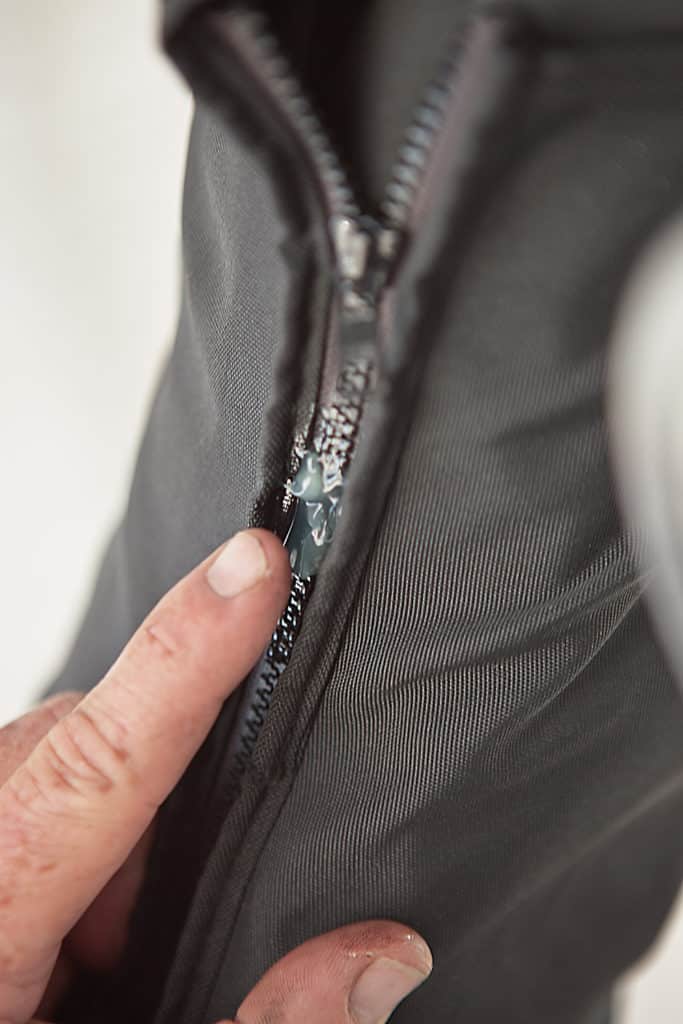
11 Secrets to Help Your Boat Live Longer
Zip in Your Zipper
To keep the zippers on your canvas running fast and smooth, rub them down with anhydrous lanolin, the same oily substance from sheep’s wool that keeps it soft and water repellent. You can find it at most pharmacies. It works better than Teflon and lasts longer too. It also keeps leather soft and helps keep water from soaking in. Don’t believe me? Try it on your boat shoes.
Time: 20 minutes
Cost: Anhydrous lanolin, 8-ounce tube, $6
Frequency: Once a season
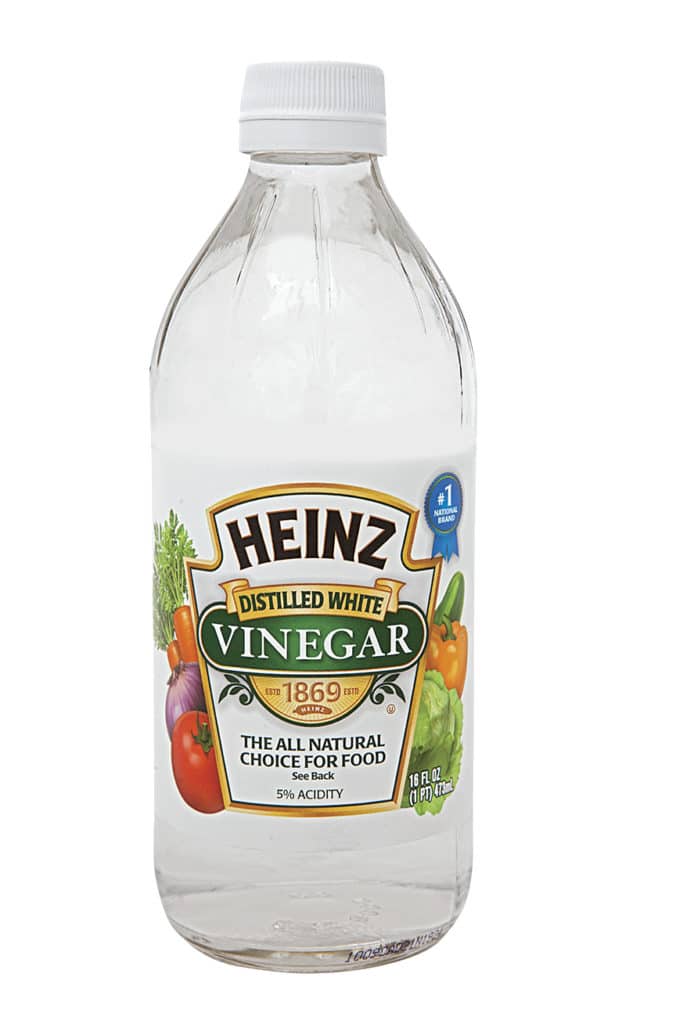
11 Secrets to Help Your Boat Live Longer
Head Games
When you feel back pressure while pumping your marine toilet, stop pumping! It’s probably a blocked holding tank vent that’s pressurized the tank. Continuing to pump can blow a hose or crack the tank. Clean the vent’s screen with a toothbrush once a season to keep it open. And never use household toiletbowl cleaners such as Lysol, or any products with bleach, pine oil or petroleum. They’ll destroy internal rubber parts. Use white vinegar, mixed one cup to a gallon of fresh water.
Time: Three minutes
Cost: Heinz distilled white vinegar, 16-ounce bottle, $4
Frequency: Once a week
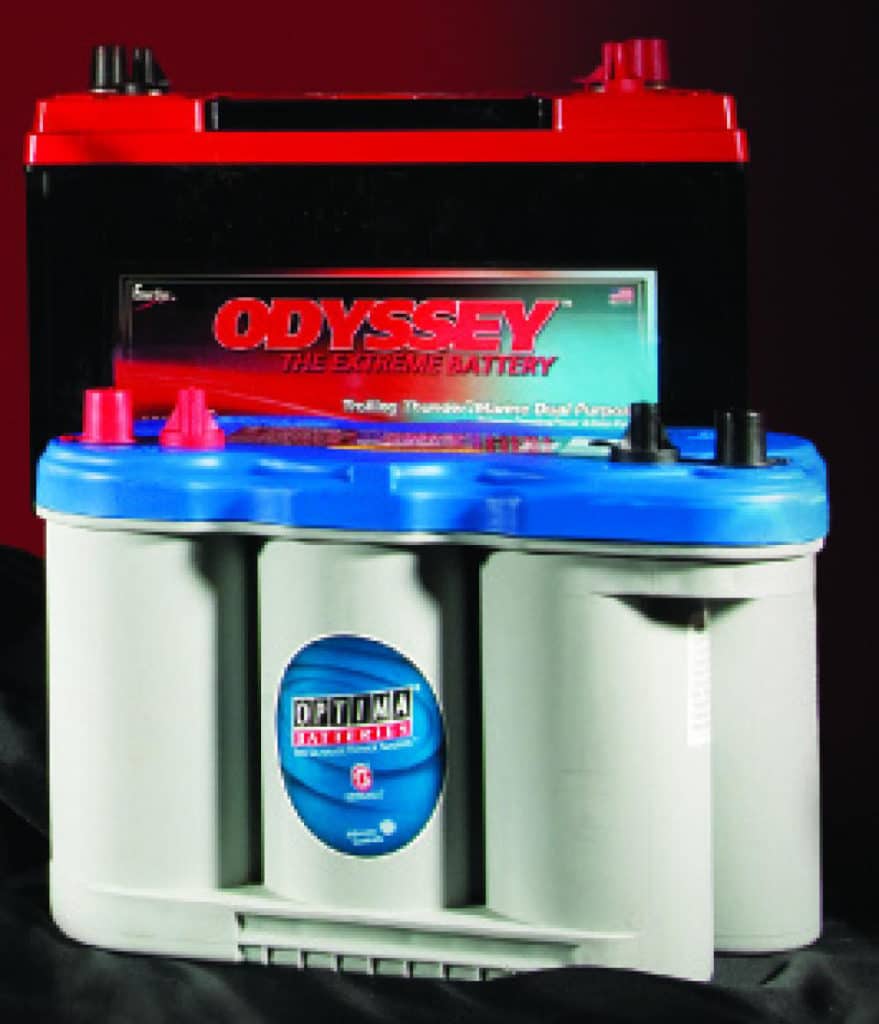
11 Secrets to Help Your Boat Live Longer
Predict Failure
Most electrical failures occur on the positive leg of a circuit because there are so many switches, fuses and connectors, unlike the negative leg, which goes straight to ground. The best way to detect potential problems is with a “voltage-drop” test. Connect the negative probe of a multimeter set on 12 vDC to the battery. You’ll need a long jumper wire to reach. Switch the ignition to “on” and touch the positive probe to the positive contact point of the lamp, pump or whatever you’re checking. If the meter reads within a few 10ths of a volt of the battery, then that circuit’s good. If it reads substantially lower, there’s trouble. Work back toward the battery using the positive probe to test all connections until you find full voltage. You’ll now know that the fault is down-current of this point.
Time: One hour if no faults are found
Cost: Free
Frequency: Once
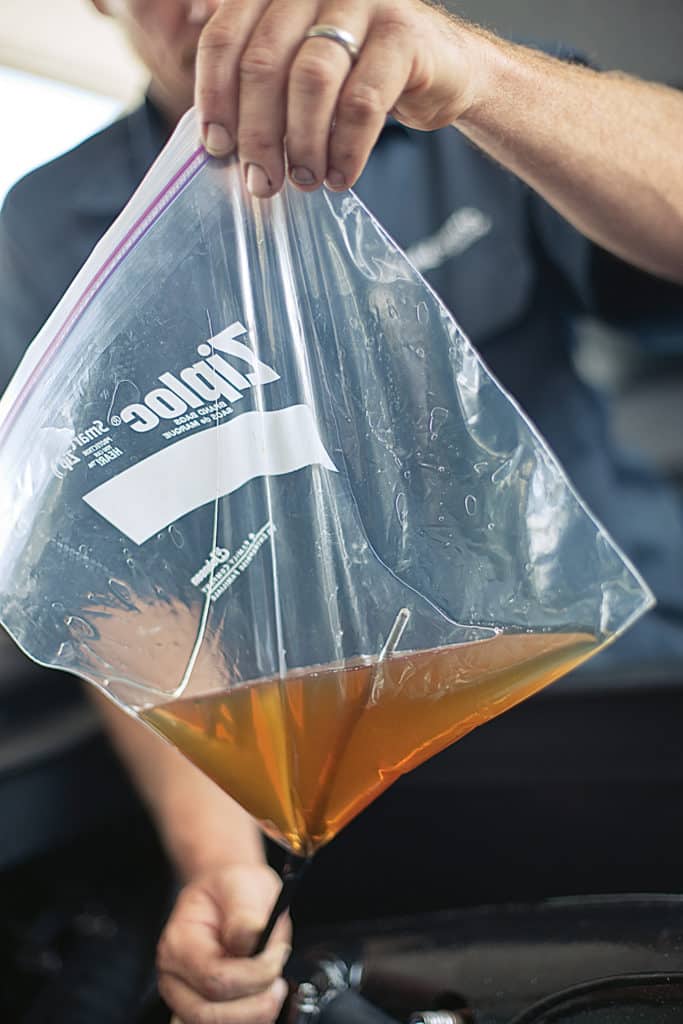
11 Secrets to Help Your Boat Live Longer
Cable News
Save engine controls and steering cables by keeping them well lubricated. The classic DIY method is to disconnect the cable at its cockpit end. Cut a bottom corner off a plastic sandwich bag forming a hole just big enough for the cable sleeve to slide through. Tape the bag to the sleeve and hang the cable up by the bag. Pour some cable lube (I use graphite and WD-40) in the bag and let it sit while the lube seeps into the cable. Or, do what motorcycle mechanics do and use a clamp-on tool that directs lube from an aerosol can down the cable. Give it two long squirts, move the cable back and forth to spread the lube, and you’re done.
Time: One hour
Cost: Motion Pro cable lube kit, $19
Frequency: Every other season
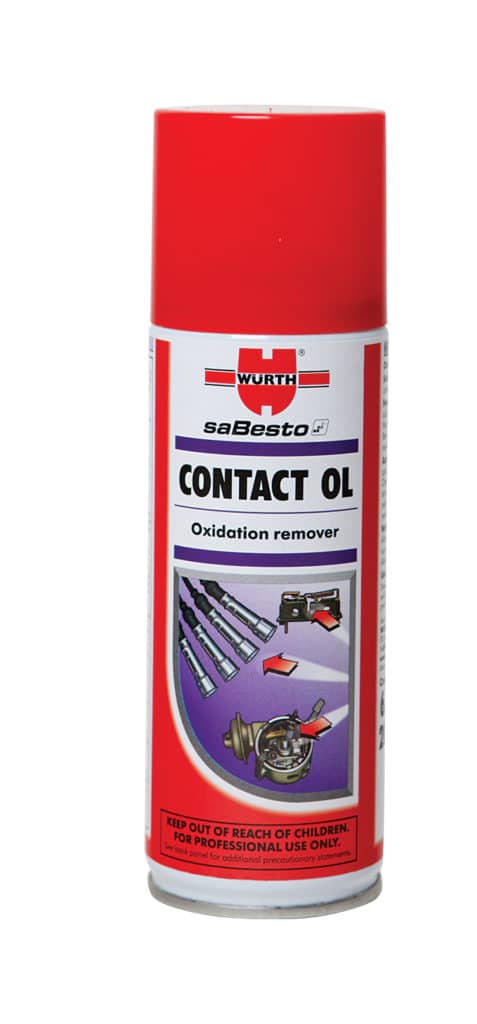
11 Secrets to Help Your Boat Live Longer
Bright and Shiny
Often the faults you’ll find from voltage-drop testing will be corroded connectors — circuit killers if the condition is let go, but easy to fix once found. The usual way to clean connectors is with Scotch-brite or bronze wool pads, which work well on flat surfaces but are difficult to use on panel screws, female connectors and hard-to-reach spots. I’ve seen my auto mechanic go right for a can of Contact OL from Wurth. Spray it on to remove oxides, sulphide residues, oils and dirt, while leaving a protective film. He’s also taught me to see if the wire itself is corroded under the insulation. If you can’t expose clean strands, replace it.
Time: Two hours
Cost: Wurth Contact OL oxidation solvent, 17-ounce can, $18
Frequency: Once each season
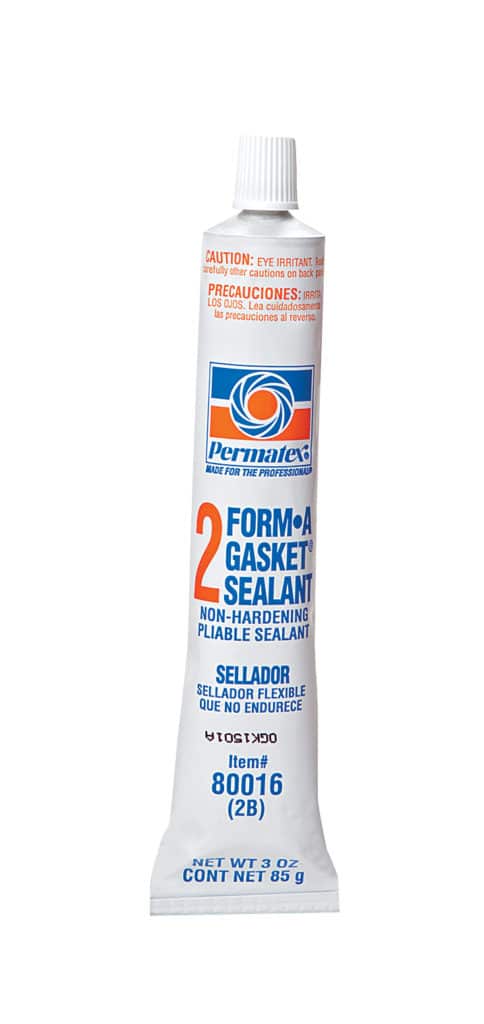
11 Secrets to Help Your Boat Live Longer
Easy Out
Remove the bolts that hold the lower gear case one at a time and brush on some nonhardening gasket sealer near the heads, then torque each one back into place. The sealer will prevent water from getting on the threads and rusting them in place, plus bolts will be easier to remove when you service the water pump.
Time: 30 minutes
Cost: Permatex Form-A-Gasket Sealant, 3-ounce tube, $4
Frequency: Once
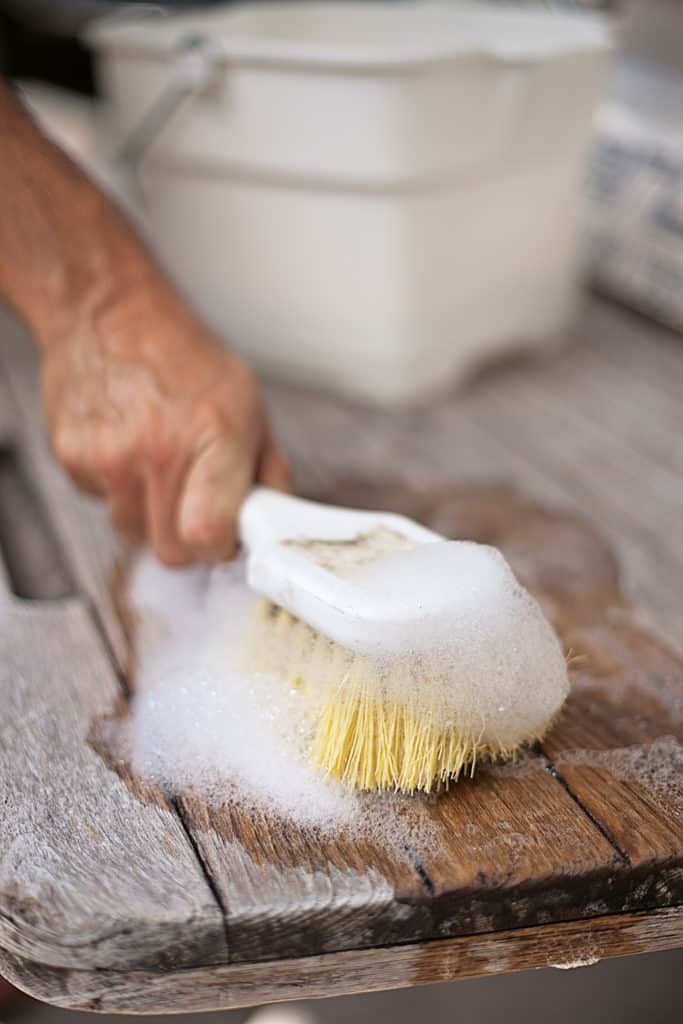
11 Secrets to Help Your Boat Live Longer
Teak Attack
Use plain old Ajax to clean teak and get it ready for oiling. You can pony up for a special marine cleaner if you choose, but Ajax formula with oxalic acid has the same active ingredient that’s in the high-priced stuff. mix enough Ajax into a gallon bucket to make it suds up. Use a soft scrub brush, working with the grain. Don’t worry if the teak turns black; it’s only the dirt coming out. Thoroughly hose off the wood and the surrounding surfaces to get rid of the acid. If the wood’s grain has been raised, gently rub it with No. 00 (fine) bronze wool.
Time: A square foot of teak will take about three minutes of scrubbing.
Cost: Ajax, $2.98
Frequency: Any time the wood turns dark gray

11 Secrets to Help Your Boat Live Longer
Beyond Winterizing
During winter’s chill, water becomes your boat’s worst enemy. Standing water freezes, expands and destroys; water from condensation corrodes and rots. Here are a few secrets from boatyard pros that will save you big bucks next spring.
Fuel Filter/Separator
The standard practice is to clean the bowl and change the element each spring, but it’s wrong. Get the water out now before it freezes and cracks the bowl and fittings. And while you’re at it, you might as well change the element. By the way, that water you found means there’s some in the tank — and that’s not good. Gain access by removing the tank’s fuel-sending unit and use an explosion-proof plastic hand pump, or let the yard drain the tank.
Fuel Cap Care
How did that water get in the tank? Most came from condensation. But mechanics tell us that some of the water they find has salt in it, meaning that the $2 o-ring in the deck filler cap has gone bad. Make sure yours is not cut or cracking and is still round in cross section. Treat it to some teflon grease to help improve the seal.
Cockpit Protection
You want to keep ice out of the cockpit and leaves from clogging the drains. Shape aluminum window screening over a small cup to form a dome and place it over the scupper. Also, pour in some antifreeze to keep water in low spots within the scupper’s drain hose from freezing.









